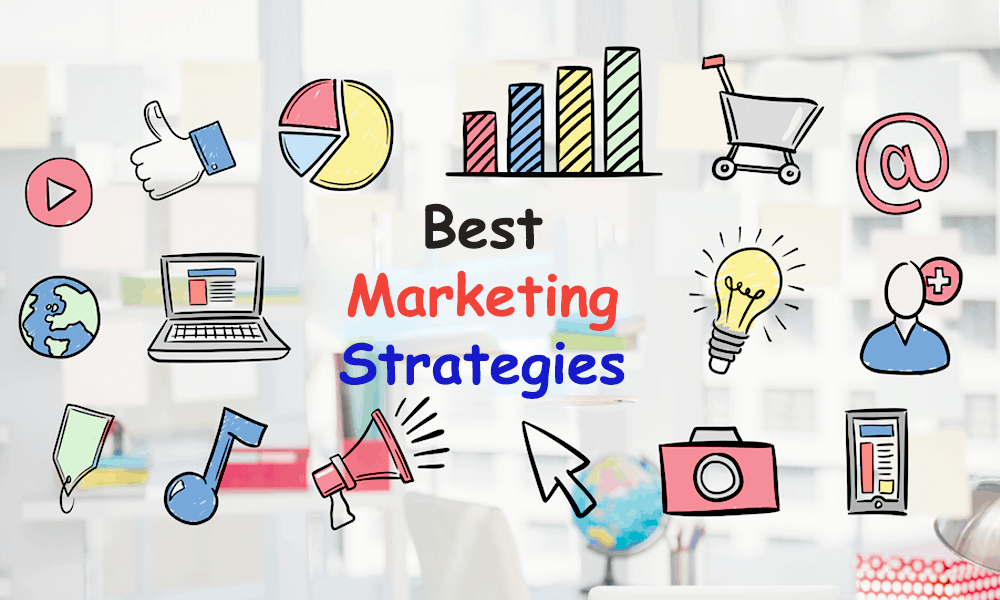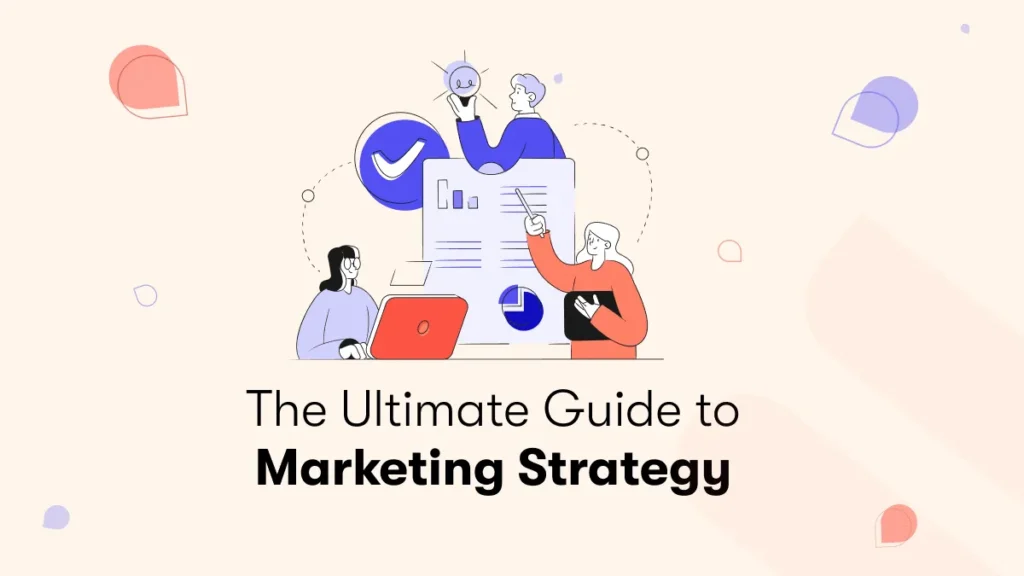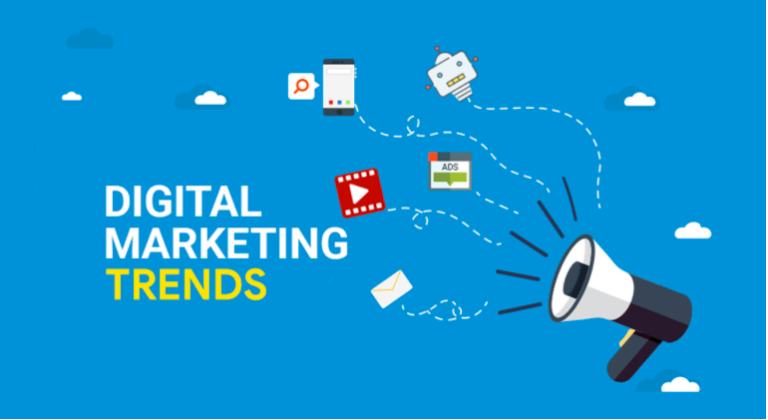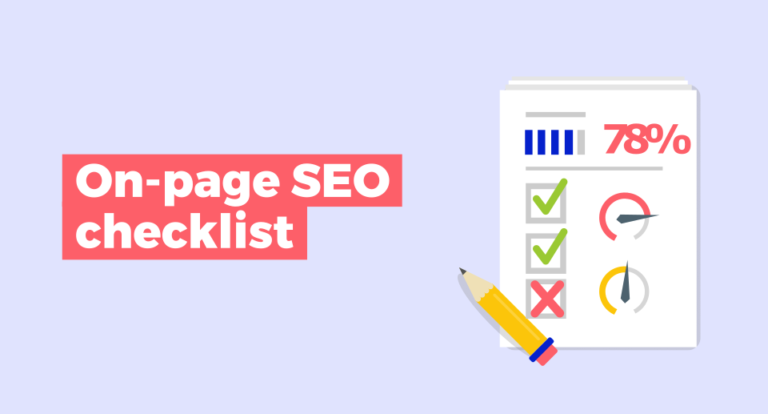Small Business Marketing Guide: Practical Step-by-Step Strategies to Boost Your Presence
This Small Business Marketing Guide provides practical, step-by-step strategies to help your business thrive.
Small Business Marketing Guides
Small Business Marketing Guides are your go-to resources for tackling the sometimes overwhelming world of marketing. Think of them as friendly roadmaps that help you boost your business’s visibility, engage with customers, and spark growth.
These guides break down practical, step-by-step strategies that are easy to follow, so you can navigate everything from digital marketing to social media and SEO without losing your mind. No matter if you’re just starting out or aiming to sharpen your marketing skills, these guides equip you with the know-how to make your business stand out.
Now, let’s dive into some actionable steps to get you moving forward!
1. Develop a Strong Small Business Marketing Plan
A well-structured marketing plan is the foundation of your business’s success. It ensures you’re targeting the right audience with clear goals and actionable strategies.
Steps to Create a Marketing Plan:
- Identify Your Target Audience: Develop detailed buyer personas based on demographics, behaviors, and pain points.
- Set SMART Goals: Your goals should be Specific, Measurable, Achievable, Relevant, and Time-bound.
- Competitive Analysis: Identify what your competitors are doing, including their strengths and weaknesses, and find gaps you can fill.
- Allocate Your Budget: Decide how much to invest in each channel, whether it’s social media, SEO, or email marketing.
2. Build and Optimize a Professional Website
Your website is the digital face of your business. A well-optimized, mobile-friendly website is crucial for attracting and converting visitors.
Steps to Build and Optimize:
- Use a CMS: Platforms like WordPress or Shopify offer easy management for non-technical users.
- Mobile Optimization: Over 50% of web traffic comes from mobile devices, so ensure your site is responsive and loads quickly.
- SEO Basics: Include primary keywords such as “small business marketing strategies” in titles, headers, and meta descriptions.
- Clear Calls-to-Action (CTAs): Every page should have clear, action-oriented CTAs like “Get a Free Consultation” or “Buy Now.”
3. Master Local SEO to Attract Nearby Customers
For small businesses with a physical location, Local SEO is one of the most powerful tools to increase visibility and drive local traffic.
Steps to Improve Local SEO:
- Google My Business (GMB): Claim and optimize your GMB listing with accurate business details, including hours, location, and services.
- NAP Consistency: Ensure your Name, Address, and Phone Number are consistent across all platforms.
- Local Keywords: Use location-based keywords like “best bakery in [city]” or “plumber near me” throughout your website and blog posts.
4. Use Content Marketing to Build Authority
Content marketing is key for positioning your small business as an expert in your industry. By sharing valuable, helpful content, you can attract and engage potential customers.
Steps to Implement Content Marketing:
- Start Blogging: Publish blog posts that answer your customers’ most pressing questions, like “How to Market a Small Business on a Budget.”
- Create Video Content: Short videos explaining your services, tutorials, or behind-the-scenes glimpses can boost engagement.
- Repurpose Content: Convert your blog posts into videos, podcasts, or infographics to reach a broader audience.
5. Leverage Social Media Marketing to Engage with Your Audience
Social media offers small businesses a direct line of communication with customers and prospects. It’s also a cost-effective way to build your brand.
Steps to Improve Social Media Marketing:
- Choose the Right Platforms: Focus on platforms like Instagram, Facebook, and LinkedIn, depending on where your target audience is most active.
- Post Consistently: Use scheduling tools like Buffer or Hootsuite to maintain a steady stream of content.
- Engage Regularly: Respond to comments and messages, and use social media analytics to track performance and engagement.
6. Email Marketing: Nurture Leads and Build Loyalty
Email marketing remains one of the highest-ROI digital marketing strategies. It allows you to maintain communication with your audience, build relationships, and drive sales.
Steps to Effective Email Marketing:
- Build an Email List: Offer downloadable guides, discounts, or newsletters to encourage sign-ups.
- Segment Your Audience: Use tools like MailChimp or Constant Contact to send targeted messages based on customer behavior and preferences.
- Personalize Content: Personalize emails by addressing recipients by name and tailoring content to their interests.
7. Invest in Paid Advertising (PPC and Social Ads)
Paid ads can generate quick results, driving targeted traffic to your website or landing pages. Even with a small budget, you can see significant returns with PPC and social media ads.
Steps to Launch Paid Advertising:
- Google Ads: Bid on keywords your audience is searching for, like “affordable accounting services in [city]” to reach customers ready to convert.
- Facebook and Instagram Ads: Use targeted ads to reach specific demographics and interests on social platforms.
- Retargeting: Create retargeting campaigns to re-engage visitors who previously visited your website but didn’t convert.
8. Leverage Online Reviews for Social Proof
Positive online reviews on platforms like Google, Yelp, and Facebook can greatly influence potential customers’ buying decisions.
Steps to Manage Online Reviews:
- Ask for Reviews: Encourage satisfied customers to leave positive feedback on your GMB listing or other review platforms.
- Respond to Reviews: Responding to both positive and negative reviews demonstrates that you value customer feedback and helps build trust.
- Showcase Testimonials: Display customer testimonials prominently on your website to build credibility.
9. Track Performance with Analytics
To continually improve your marketing efforts, it’s essential to track and measure performance. Google Analytics and other tools provide valuable insights into how users interact with your website and campaigns.
Steps to Track Marketing Performance:
- Google Analytics: Set up tracking for website visits, user behavior, and conversion rates. Monitor which pages perform best and why.
- Social Media Insights: Use the built-in analytics tools on platforms like Facebook Insights or Instagram Analytics to refine your content strategy.
- A/B Testing: Test different versions of ads, emails, or landing pages to see which perform better and drive more conversions.
10. Network and Collaborate with Local Businesses
Networking can lead to valuable partnerships and community support. Collaborating with other local businesses can expand your customer base and increase visibility.
Steps to Build Partnerships:
- Attend Networking Events: Join local chambers of commerce or business groups to connect with potential partners.
- Collaborate with Complementary Businesses: Partner with nearby businesses that complement your own. For example, a florist and wedding planner could collaborate on promotions.
- Launch Referral Programs: Offer discounts or incentives for current customers who refer new clients to your business.
Frequently Asked Questions (FAQs)
Disclosure: Our blog contains affiliate links to products. We may receive a commission for purchases made through these links. However, this does not impact our reviews and comparisons. We try our best to keep things fair and balanced, in order to help you make the best choice for you.








